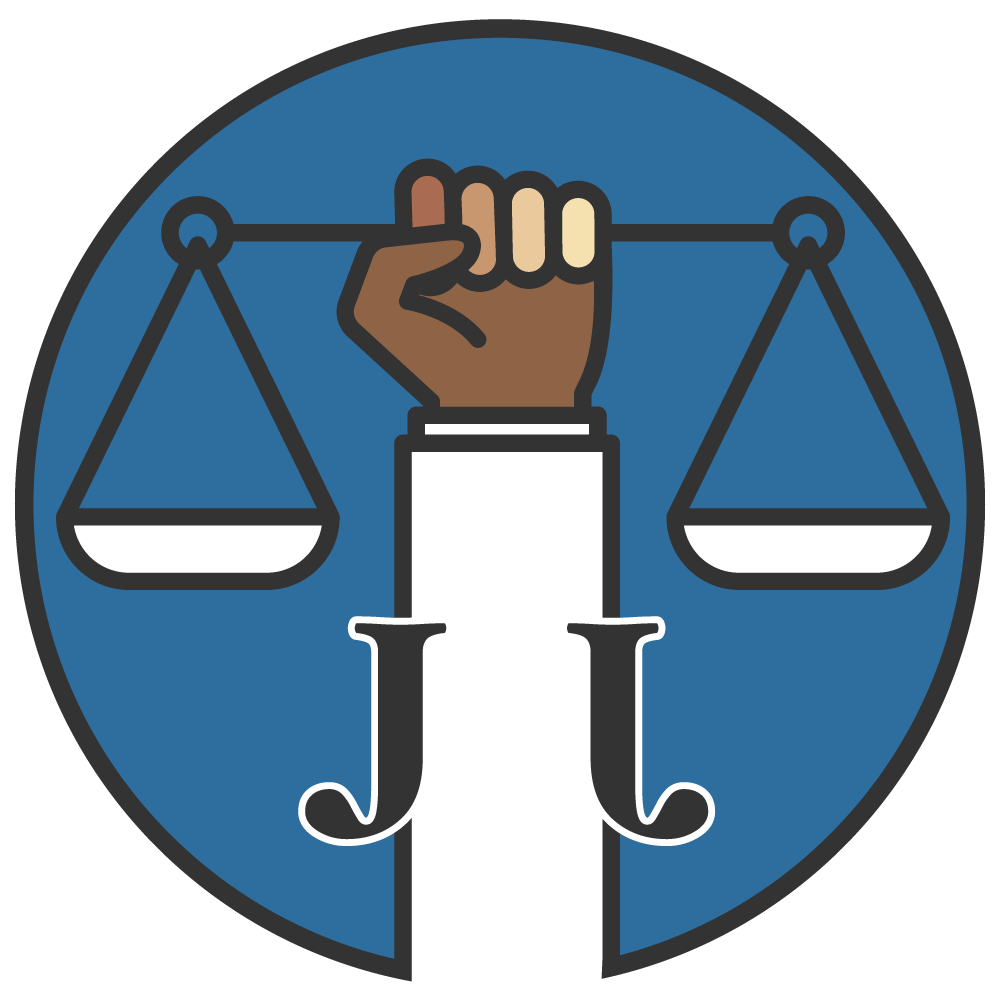“Prejudice is a burden that confuses the past, threatens the future, and renders the present inaccessible.”
“If you are neutral in a situation of injustice, you have chosen the side of the oppressor.”
Frequently Asked Questions (FAQs)
-
“Implicit bias suggests that people can act on the basis of prejudice and stereotypes without intending to do so. While psychologists in the field of ‘implicit social cognition’ study consumer products, self-esteem, food, alcohol, political values, and more, the most striking and well-known research has focused on implicit biases toward members of socially stigmatized groups, such as African-Americans, women, and the LGBTQ community.”
-
“Systemic racism or institutional racism refers to how ideas of white superiority are captured in everyday thinking at a systems-level: taking in the big picture of how society operates, rather than looking at one-on-one interactions.
These systems can include laws and regulations, but also unquestioned social systems. Systemic racism can stem from education, hiring practices or access.”
Source: The Conversation
-
“The pipeline to prison refers to school discipline policies (e.g., zero tolerance) and practices that remove students from learning opportunities (e.g., out of school suspension) and push students out of school (e.g., expulsion, school-based arrest) and into the juvenile and criminal justice systems increasingly for minor offenses and non-violent behavior such as smoking cigarettes, coming to school out of uniform or using a cell phone.”
-
“Discomfort and defensiveness on the part of a white person when confronted by information about racial inequality and injustice.”
Source: Oxford Languages
-
“Critical race theory (CRT) is an approach to studying U.S. policies and institutions that are most often taught in law schools. Its foundations date back to the 1970s when law professors including Harvard Law School’s Derrick Bell began exploring how race and racism have shaped American law and society. The theory rests on the premise that racial bias - intentional or not - is baked into U.S. laws and institutions. Black Americans, for example, are incarcerated at much higher rates than any other racial group, and the theory invites scrutiny of the criminal justice system's role in that.
The term gained a foothold in the conservative American consciousness in 2020 after the murder of George Floyd, a Black man, by a white Minneapolis police officer, an event that sparked a national reckoning on race.
Individuals and institutions began grappling with how racism persists in American society, despite the end of blatantly racist segregation policies of the civil rights era.”
Source: Reuters, Explainer: What 'critical race theory' means and why it's igniting debate
-
“The Civil Rights Act of 1964 hastened the end of legal Jim Crow. It secured African Americans equal access to restaurants, transportation, and other public facilities. It enabled blacks, women, and other minorities to break down barriers in the workplace.”
Source: Library of Congress
-
“The emergence of Black Power as a parallel force alongside the mainstream civil rights movement occurred during the March Against Fear, a voting rights march in Mississippi in June 1966. Black Power influenced everything from popular culture to education to politics, while the movement’s challenge to structural inequalities inspired other groups (such as Chicanos, Native Americans, Asian Americans, and LGBTQ community) to pursue their own goals of overcoming discrimination to achieve equal rights.
The legacies of both the Black Power and civil rights movements live on in the Black Lives Matter movement. Though Black Lives Matter focuses more specifically on criminal justice reform, it channels the spirit of earlier movements in its efforts to combat systemic racism and the social, economic and political injustices that continue to affect Black Americans.”
Source: History
Suggested Reading
Boykin, Keith. Race against Time: The Politics of a Darkening America. New York City, PublicAffairs, 2021.
Dalton, Harlon L. Racial Healing: Confronting the Fear between Blacks and Whites. New York City, Anchor Books, 1996.
DiAngelo, Robin. White Fragility: Why It's so Hard to Talk to White People about Racism. Boston, Beacon Press, 2018.
*Eberhardt, Jennifer L. Biased: Uncovering the Hidden Prejudice That Shapes What We See, Think, and Do. London, Penguin Books, 2020.
Goldberg, David Theo. Anatomy of Racism. 6th ed., Minneapolis, Univ. of Minnesota Press, 2009.
*Magee, Rhonda V. INNER WORK of RACIAL JUSTICE: Healing Ourselves and Transforming Our Communities Through... Mindfulness. J P TARCHER,U S PERIGEE, 2021.
Marable, Manning. Beyond Black and White: From Civil Rights to Barack Obama. London, Verso, 2016.
*Morris, Monique W. Pushout: The Criminalization of Black Girls in Schools. New York City, New Press, 2018.
Oluo, Ijeoma. So You Want to Talk about Race. New York City, Seal Press, 2019.
Tatum, Beverly Daniel. 'Why Are All the Black Kids Sitting Together in the Cafeteria?': And Other Conversations about Race. 3rd ed., New York City, Basic Books, 2017.
*TED: Ideas Worth Spreading. www.ted.com/talks/jennifer_l_eberhardt_how_racial_bias_works_and_how_to_disrupt_it Accessed 11 Dec. 2021.
* Recommended sources mentioned in podcast Episodes 1 and 2 with Judge Regina Walter.

